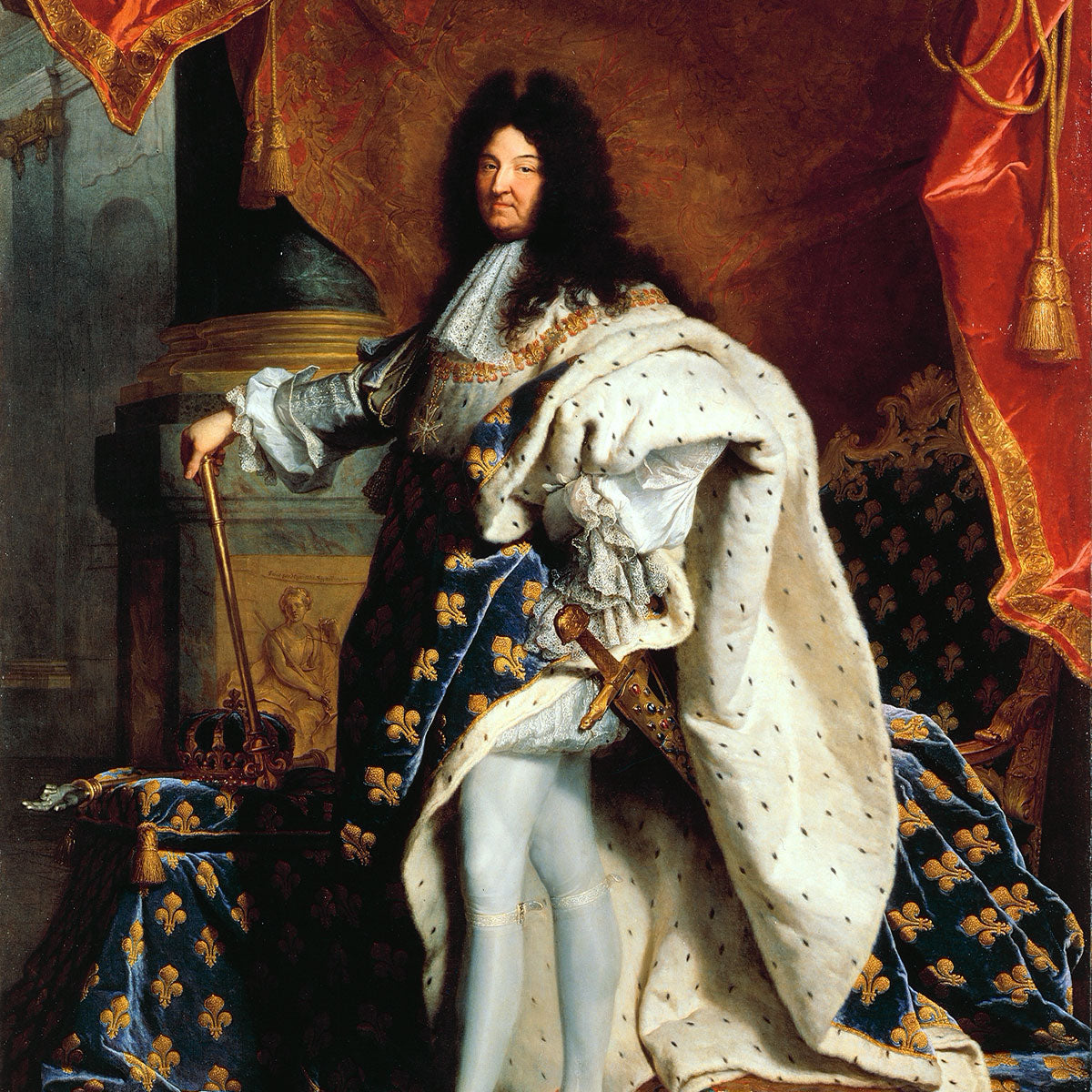What the Tie’s History Reveals to Us About Its Future in Menswear
Look around any office today. How many people wear neckties? No doubt, you'll see more ties in legal and accounting firms than digital marketing agencies and tech startups. But even in workplaces we associate most with wearing ties, you will see fewer ties.
To say the business world has changed is an understatement. Online-based businesses, people working from home, and casual dress codes have led to fewer people wearing ties.
Does this trend mean that the tie will go the way of the dinosaurs? Does the necktie still have a place in menswear today? Can you get away with never wearing a tie again?
We can answer these questions by looking at the state of menswear today and how we believe menswear will change in the future. However, it would be a mistake not to include a discussion about the tie's history and why we started wearing them in the first place.
Hang tight. We're hopping around time to investigate the future of menswear. The good news is we won't need a Delorean to do it.
A History of Ties: King Louis Got Something Right

The modern necktie's long history dates back to the 17th century in Louis XIV's France. The story goes that Croatian soldier's neckwear caught the Sun King's eye, who then adopted it as an everyday fashion piece.
This predecessor to the modern-day necktie, known as the "cravat," is a wide piece of fabric worn around the neck tucked inside an open-necked shirt. To this day, the word for necktie in French is "cravat."
Between the mid 17th and 19th centuries, the cravat indicated class and status. It represented an expression of personal style, rather than an indicator of the profession.
It wasn't until 1864 that the first mass-produced ties were made available to the industrial world, ostensibly changing the meaning of the necktie. Ties became associated with middle and upper-class white-collar workers. Although still indicative of class, throughout most of the twentieth century, neckties became synonymous with the realms of business, finance, and politics.
The Suit and Tie: The Ultimate One-Two Punch

Today, the lack of a tie is less surprising than the addition of one for the reasons we mentioned earlier. But it hasn't spelled the end for ties altogether. The reason? People wear ties for their original purpose: the expression of personal style.
The state of men's formal wear hasn't changed much in the last 100 years. Take someone from the 1920s, and aside from different materials and tailoring, they would look at home on the streets today.
The truth is that the suit jacket and trousers are a monolith of menswear. From Gatsby in the 20s to Frank Sinatra in the 60s to the celebrities who walk the red carpet today, every man looks good in a tailored suit.
And you know what the suit's construction creates a perfect frame for? You guessed it, the necktie.
Formal menswear has evolved for centuries, but it has always made space to showcase neckwear. Louis XIV's court used cravats, and today we use ties.
Sure, you can use negative space and an open collar to signify a casual laissez-faire attitude. The jacket's lapels and shirt collar are meant to hold and frame a beautiful tie that can offer a glimpse into your personality.
A tie carries a lot of meaning for a small piece of fabric. Its connection to upper classes and historically respectable professions naturally elevates the wearer above everyone around him. A tie commands respect when it's worn with confidence and pride.
I know what you're thinking: This all sounds well and good, can we go back to our questions from the beginning?
Alright, but first, let us ask YOU a question.
How Much Do You See Menswear Changing in the Future?
Maybe we'll end up wearing rubber tires and leather like Mad Max. Or perhaps everyone will wear the same Mandarin-collar jackets where the elements underneath are closed off. We don't see these trends entering the mainstream any time soon.
Sorry to sound dismissive, but change is slow. It takes time (and other variables) for trends to become the norm in spaces like workplaces and formal events. As long as the suit is constructed the way they are now, there will always be a place for the necktie.
Let's Go Back to Our Questions
Can you get away with never wearing a tie again?
Yes, you can. If you work from home or a casual environment, you can certainly get away with never wearing a tie again. But even if you do work in a relaxed setting and choose to go tie-less to every formal event you attend, do you really want to give up the benefits of wearing a tie forever?
Does the necktie still have a place in menswear today?
Absolutely. There's symbolism to a suit and tie that's ingrained in our society. It's hard to change hundreds of years of programming.
No, wearing ties is not as common as it once was, but that's ok. As long as there are people who want to express their personal style, the tie is here to stay.
Will the necktie go the way of the dinosaurs?
Your guess is as good as ours. But if we were to place a bet on it, no, we don't believe the necktie will go extinct - not anytime soon anyway.
There's too much history and meaning behind it. And many people still enjoy the benefits and celebrate the tie's original purpose: the expression of personal style.
What do you think? You're entitled to your opinion, and we'd love to hear it. Email us for a friendly back-and-forth at office@aklasu.co.
Express your own personal style with an exquisite tie. Take a look at our grenadine and six-fold tie collection.













